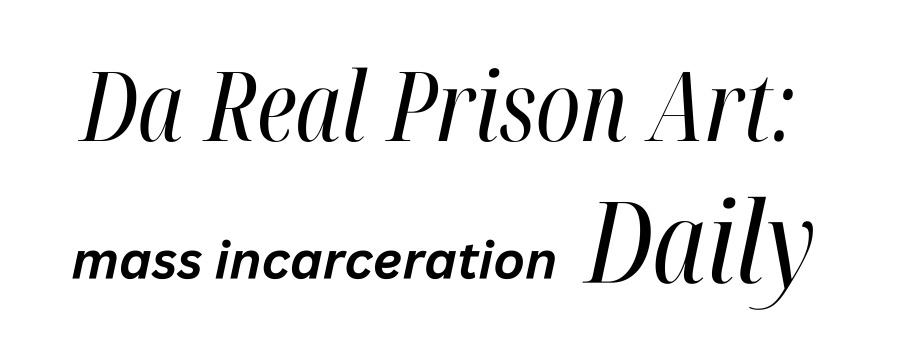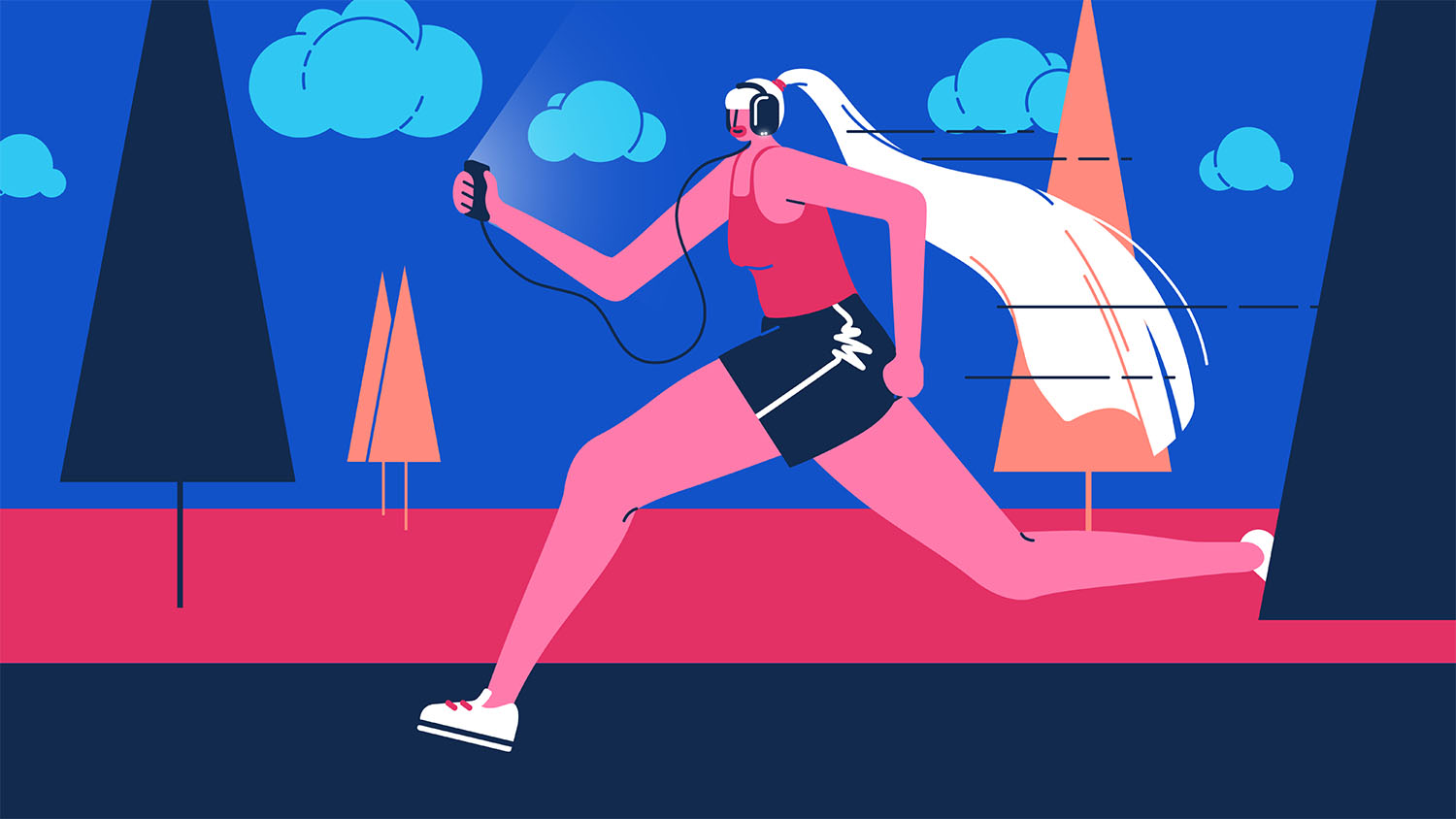New York’s Rikers Island isn’t for the faint of heart.
The notorious jail is dank and dark and carries a stale, stagnant smell.
But within these walls, an Australian — former journalist Joh Jarvis — is doing something unusual.
She’s teaching meditation to inmates and the warders looking after them.
“Rikers Island is a violent, harsh, unrelentingly difficult environment for anyone who’s incarcerated there,” Joh tells ABC TV’s Compass.
“There’s a lot of overcrowding. And if you’ve got people who are highly charged and overreactive, then that … just causes all sorts of disciplinary issues. That’s when fights start.”
It’s these reactive behaviours — and the feelings of distress that often lie beneath them — that Joh wants to minimise.
After moving to New York City from Australia, Joh Jarvis began teaching meditation inside Rikers Island. (Compass: Johnny Sierra)
She teaches Vedic meditation, which is derived from a 5,000-year-old Indian tradition and centres around a word or mantra.
“You think of this word easily and you let it go,” Joh explains.
“Your mind likes it and enjoys the vibration, and it takes your mind deeper … and your body starts to relax.”
On Joh’s first visit to Rikers, she didn’t know whether the inmates would have any interest in meditating.
To her surprise, not only were they keen to try, they responded incredibly well.
“They got the technique really quickly … [and] they actually practised in their cells on their own,” she says.
In 2021, Joh created The Light Inside foundation to build on the volunteer work she’d started at Riker’s Island and to expand the project.
It’s since been introduced in a jail in North Dakota. There, along with teaching the inmates, Joh has been collecting data.
She wanted to test whether this spiritual practice could improve their wellbeing.
So, she surveyed them before they learned meditation, then after four days of practising.
“[Beforehand] their wellbeing was … very low. It’s what would be described as being ‘in distress,'” she says.
But after four days, every participant reported an improvement — some remarkably so.
Joh Jarvis says everyone, including incarcerated people, deserves the opportunity to improve their mental health. (Supplied: Joh Jarvis)
The prisoners spoke of sleeping better, feeling less angry and being better in touch with their emotions.
One inmate, who’s serving a life sentence without parole, credits meditation with helping him feel “calm” for the first time in his 17 years behind bars.
Another sees meditation as a tool that could help him stay clear of drugs and fights once he leaves jail.
“Instead of going out and sticking a needle in my arm, I can go out and sit in a park and go and take some time for myself, even if it’s only 15–20 minutes,” he says.
“[I’ll] be able to release the anger rather than letting it build up.“
Hitting rock bottom
Long before Joh set foot in America’s most dangerous prisons, she spent more than 25 years working as a journalist and media executive in Australia.
She reported on the Mabo decision and covered the controversial Waterfront Dispute in 1998.
“I was a pretty serious person, and I hit it pretty hard in all ways,” she says.
“I worked very hard and sometimes I drank too much. It really all took its toll.”
During this time, Joh suffered an overwhelming loss.
After her brother’s sudden death, Joh Jarvis turned to meditation. (Supplied: Joh Jarvis)
When she was in her early 30s, her 27-year-old brother died suddenly.
“It was shattering. It broke me,” she says.
Desperate to find something that could quell the grief, Joh tried therapy, jogging, yoga and breath exercises. She also quit drinking, which had previously been a crutch.
She says these measures temporarily boosted her mental state, but they never felt enough.
Meditation was the one thing she hadn’t tried.
“The idea of it didn’t appeal to me. I saw it as ‘woo-woo,'” Joh says.
“But when you’re desperate, you’ll do things that you might not otherwise do.“
Despite having reservations, she describes her first time meditating as transformative.
“When I went outside after … everything was this psychedelic green, the trees were just alive,” Joh recalls.
“I felt so happy and so free, and that was in complete contrast to how I was feeling [before].”
The ‘1 per cent’ idea
Joh Jarvis isn’t the only teacher who believes meditation can play a role in solving societal ills.
In the New South Wales town of Nowra, fellow Vedic practitioner — and friend of Joh — Barron Hanson has embarked on an ambitious test.
He wants to get 1 per cent of Nowra’s population — around 250 people — meditating each day, to see whether this improves the wellbeing of the whole town.
This idea stems from Maharishi Mahesh Yogi, who famously taught Transcendental Meditation (TM) to the Beatles. It’s a phenomenon known as the Maharishi Effect.
“This idea proposed … that if you can get a small group, as little as 1 per cent, meditating, you can have a seismic effect through the collective consciousness,” explains Barron.
Maharishi Mahesh Yogi was a spiritual advisor to The Beatles for a short period during the 1960s. (Getty: Schweitzer-Hecht/ullstein bild)
The Maharishi’s TM organisation claims that mass meditation can lower crime rates and reduce hospitalisations. But despite organising more than 50 events to prove as much, the science remains contested.
“I thought maybe Nowra would be the perfect Petri dish to see whether we can recreate one of these experiments,” says Barron.
While Nowra might be a world away from the US prison system, it’s also home to a population under stress.
The regional town has high levels of unemployment, domestic violence and substance abuse.
In recent years, it’s also faced bushfires and floods.
And so, Barron reached out to Dr Judy Pickard, a clinical psychologist based at the University of Wollongong, with his month-of-meditation proposal.
Over 31 days, she worked with Barron to track the wellbeing of 35 people taking part in his experiment.
Barron has visited India several times, and done more than 3,000 hours of meditation teaching training. (Supplied: Leeroy T)
“As a scientist, you could be sceptical about something like [the Maharishi Effect],” Dr Pickard says.
“Yet, we also know how much benefit there is [from meditation] on the individual level.”
“It makes sense that if people are … psychologically well, acting with compassion, and more aware of their reactions and how they respond to different situations, that it would have a knock-on effect, in terms of how they think about other people.”
‘Change the individual, change the collective’
In the end, Barron managed to get half of his 250-person target meditating for the whole month.
It culminated with a sold-out night of meditation music at the Shoalhaven Entertainment Centre, headlined by ARIA-winning artist John Butler.
“I thought Barron had a really noble cause,” the musician tells Compass.
“This young, bright man has gone back to his home town and he wants to teach 1 per cent of the population to meditate with this idea that there’s a cascading flow-on effect.
“I just feel like that’s [creating a] multi-generational legacy.”
Indeed, meditation is a practice John Butler has found solace in.
“As much as people like to see it as an esoteric, mystical thing … it’s a good way to have mental hygiene, emotional hygiene, spiritual hygiene in this crazy world,” he says.
Musician John Butler was moved by Barron’s big-hearted ambition for Nowra. (Compass: Simon Koloadin)
It’s too early to tell whether Barron’s initiative has had any impact on Nowra’s wider population.
He is waiting on the release of data from the Australian Bureau of Statistics to check whether the experiment correlated with any changes to crime rates, vehicle accidents or hospital admissions.
Despite these uncertainties, the results from Dr Pickard’s research are clear.
She reported a significant reduction in depression, anxiety and stress amongst the cohort of meditators.
“We looked at things like self-compassion and flourishing and positive emotions, and found significant change in that as well, which is really exciting,” she says.
For Barron, this in itself is a huge success.
“Can meditation change the world? All I really know is my own personal experience and that it’s had a profound effect on me,” he says.
“If we can change the individual, then maybe we can change the collective.”
Friends Joh Jarvis and Barron Hanson are bonded in their belief that mediation can make a real difference in the world. (Supplied: Joh Jarvis)
It’s a sentiment that Barron’s friend Joh Jarvis shares.
“I think I became a journalist because I wanted to improve things,” she says.
“[But] we would shine a light on something … then the same problem would crop up somewhere else. It was like this game of Whac-A-Mole.”
Unlike journalism, she believes meditation gets to “the heart of things”.
“We’re dealing with people’s deep distress and stress and trauma,” she says.
“Through learning meditation, all of that [can be] lifted. It gives people an opportunity to change.
“That’s why I’m doing this, that’s why I care about it … because it really makes an impact.”
Watch Meditating for Change on Compass tonight at 6:30pm on ABC TV, or stream now on iview.
This post was originally published on this site be sure to check out more of their content.








